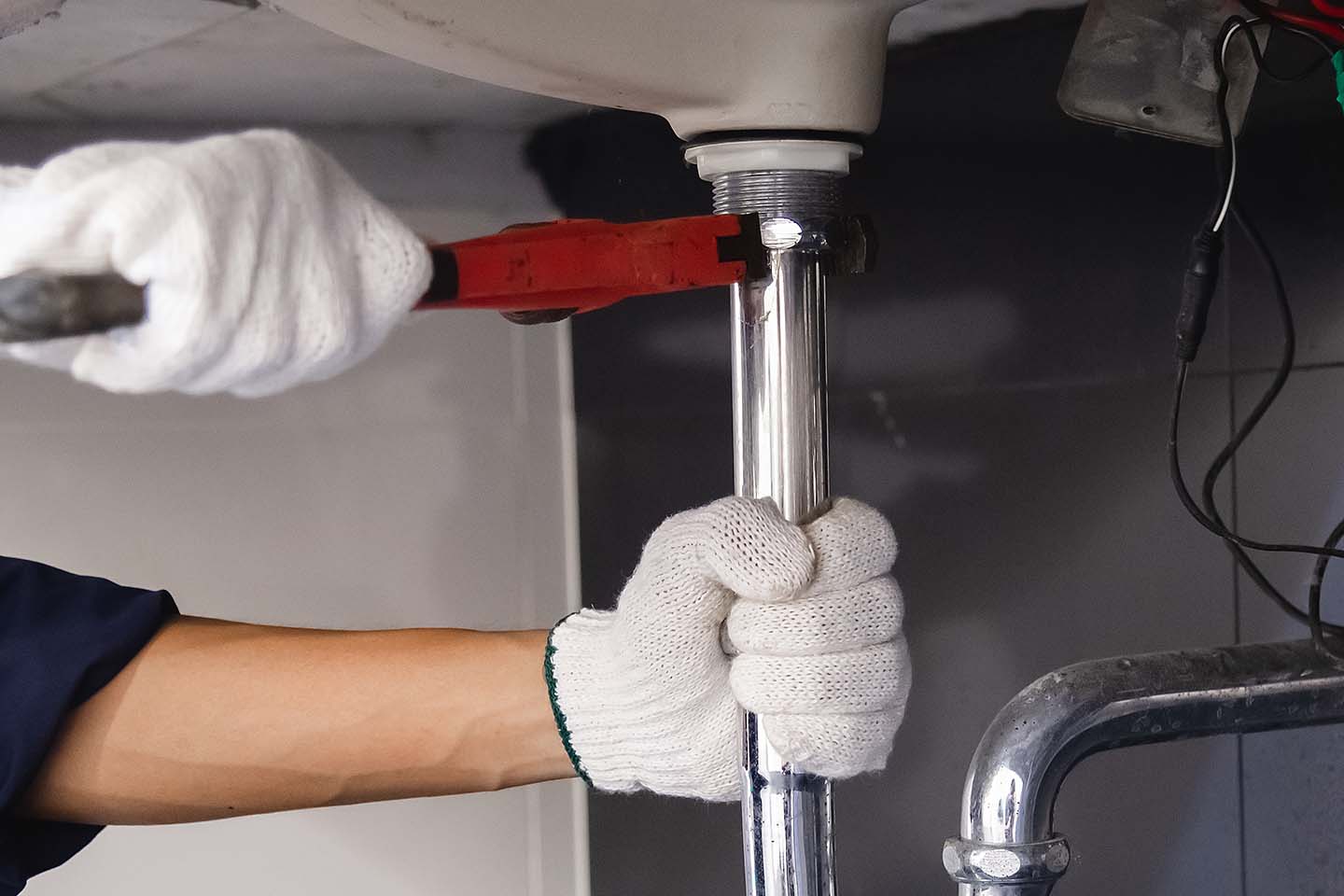1600 Pennsylvania Avenue in Washington, DC has served as the symbolic and literal center of our nation since 1792. It has survived sacking by Canadians, attempts to fly airplanes into it, and watched drama after crisis after cataclysm play out on its grounds and within its walls. Surprisingly, the First Residence didn’t even have indoor plumbing until 1902—11 years AFTER electric lights! The project to bring plumbing into the White House cost $500,000 at the time, or $17,256,279.07 in 2022 dollars, a staggering sum for the day.
Shortly after the upgrades were completed, President William Howard Taft became the 27th President. A man known more for his size and formidable appetite than for his Presidential ability, Taft required a specially built tub large enough for four adult males, and which could be covered when he preferred to shower, to accommodate his frame! Taft’s tub also accompanied him on the ship when he sailed to Panama to oversee the construction of the Panama Canal.
For the next 35 years, aside from maintenance, not much happened on the Presidential pipe scene. But in 1948, the White House infrastructure needed another overhaul, because the building was in danger of being condemned. This meant pricey upgrades at taxpayer expense, to the tune of $5,700,000. In 2022 dollars, that’s $70,199,402.49—a price tag that makes the bill for the toilets NASA designed for astronauts on spaceflight missions look downright modest!
One more fun fact is that when you call a plumber at 1600 Pennsylvania Avenue, you need to be very careful to make sure you’re asking for the right service. After the Pentagon Papers were released in 1971, special security personnel were installed in the White House to maintain the secrecy of classified government information and prevent leaks. These specialists were, and remain, aptly known as Plumbers. While they spend little time in the media spotlight, they play a vital role in government information security to this day—but it’s easy to imagine their title could cause some serious confusion if the First Infant ever accidentally flushed a rubber ducky!


It’s fascinating to think about the historical significance and symbolism of 1600 Pennsylvania Avenue. As the address of the White House, it represents the heart of American democracy and governance. Throughout the years, it has witnessed countless pivotal moments in our nation’s history, from the signing of important legislation to the inauguration of presidents. It’s a place where leaders make decisions that shape the course of our country, and where the world looks to for guidance and leadership. The fact that this address has remained the center of power for over two centuries is a testament to the enduring nature of our democracy.
While 1600 Pennsylvania Avenue has indeed been the iconic address of the White House for centuries, it is worth considering the potential benefits of relocating the center of our nation’s government to a different location. By doing so, we could address some of the challenges associated with having such a significant concentration of power in one place.
One possible solution could be to establish a rotating capital, where the seat of government moves periodically between different cities or regions within the country. This would allow for a more equitable distribution of resources and opportunities, as well as foster a sense of unity among the diverse regions of our nation.
Additionally, decentralizing the government could help alleviate some of the strain on infrastructure, transportation, and security that is often associated with having the White House in a densely populated area like Washington, DC. It could also stimulate economic growth in other parts of the country, as the presence of government institutions and officials would bring new opportunities and investments to different regions.
Of course, implementing such a change would require careful planning and consideration of logistical challenges. However, by exploring alternative locations for the center of our nation’s government, we may be able to create a more inclusive and balanced system that better represents the diversity and aspirations of our great nation.